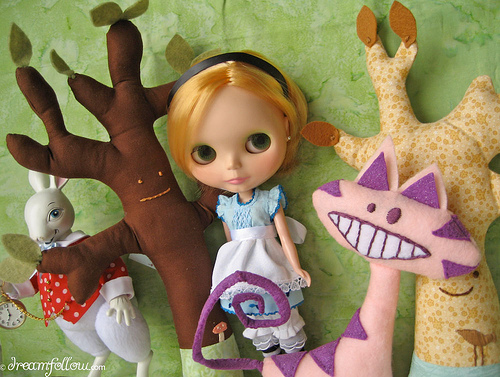It’s easy to overcomplicate storytelling.
And that’s a shame because writing a story should be simple. We’ve all done it since childhood.
Everyone can write a story in five minutes. Yes, honestly it’s more than possible. It’s a certainty.
I know you’re shaking your head saying you’re not a good writer, and it won’t be very good – both of which are possibly right with just five minutes to do it – but they are totally different things to being able to do it.
The secret is in knowing what a story is at its most basic level. Let’s not get confused or complicated with plots, themes and meanings. We are just talking about what are the stripped-down, minimum viable requirements for a story to exist?
After years of oral and written story study, narratologists have found the minimum commonalities for all stories. It’s a simple formula or pattern to follow, and using it you can write a story in just a few minutes – often in only a few words.
That said, it may not be fantastic or long, but you can do it.
The minimum viable story (MVS)
A narrative is a spoken or written account of connected or sequential events; a story.
Many accounts of events – simple journalistic articles, diary entries, chronological log books, sequential records and recounts – are bare narratives of the details or things that happened. But they are not a minimum viable story. A MVS is slightly different – it needs something extra.
It needs at least one of those events to be associated with mental states such as emotions, plans and goals.
In a minimum viable story, a change must occur. A transformation from one emotional state – let’s say, happy – to another – unhappy – must happen and that change must be triggered by a specific event or occurrence.
It’s a simple three-link progression found in countless stories – both simple and complex – ranging from folk tales, myths, magazine fiction, character driven fiction and even some brand and corporate storytelling.
What’s it look like?
It’s always much easier to understand things with an example to look at, poke and sniff. So here’s one I prepared earlier:
“There was a lonely, unhappy king. He met a wonderful woman. Then as result, he was happy and she became his queen.”
Yes, this MVS needs more detail to make it work well and engage. But as you can see, it’s a story – a transition from one emotional state to another has occurred, triggered by a specific event or happening.
So there it is: the minimum viable story.
The door is now open for you to write an infinite variety of your own stories. Go and have-a-go yourself.
You’ve got 5 minutes …
Remember when your first grade teacher used to give you a pattern to follow? Well this is it. Your time starts now!
Photo credit: merwing?little dear via photopin cc

